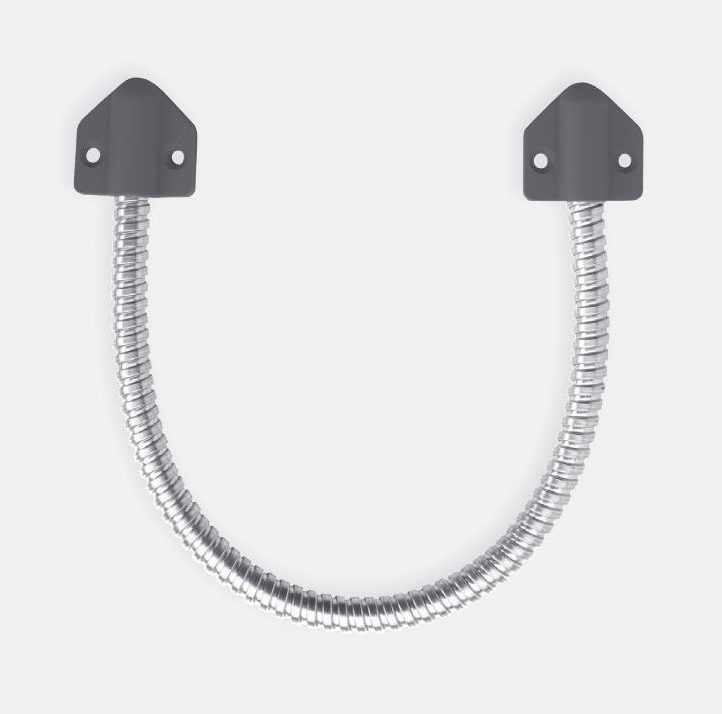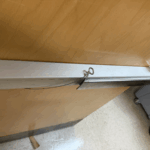 As the fire door assembly inspection requirements are more frequently enforced, fire doors, frames, and hardware are being scrutinized for compliance with the model codes and standards, and the manufacturers’ listings. This is raising dozens of questions about details that have often been overlooked in the past.
As the fire door assembly inspection requirements are more frequently enforced, fire doors, frames, and hardware are being scrutinized for compliance with the model codes and standards, and the manufacturers’ listings. This is raising dozens of questions about details that have often been overlooked in the past.
NFPA 80 allows a fire door assembly to consist of components that are labeled, listed, or classified by different manufacturers and listing labs; for example, a wood door listed by Intertek can be installed in a hollow metal frame listed by Underwriters Laboratories (UL) as long as there are no restrictions in the manufacturers’ listings.
The common interpretation of this section of NFPA 80 is that while the components can be from various manufacturers and certified by different labs, all components have to be labeled, listed, or classified for use as part of a fire door assembly. Components installed on a fire door that have not been successfully tested to UL 10C or NFPA 252 (or the test required by the adopted code) are often cited as deficiencies during a fire door inspection.
One of the most frequently-cited products seems to be the door loop or door cord – a power transfer which protects wires leading from the frame through the door, to the electrified hardware. These are often used for retrofit work, and installers may not be aware that fire door inspectors will be looking for a listing on each component if the door is a fire door assembly. In order to address this problem, Schlage series 788 and 798 armored door cords are now classified by UL to UL 10C, and are acceptable for use on fire door assemblies (here’s the UL listing information). An AHJ can approve existing Schlage 788/798 series door cords as an equivalency, since the same product is now certified by UL.
It may seem like some of the fire door issues I’ve been writing about are minor problems, but they can turn into major headaches if a facility’s fire door inspection documentation shows deficiencies. I will continue to address these questions on iDigHardware, to build an even larger library of reference information.
What are some other common questions and deficiencies that I can work on?
You need to login or register to bookmark/favorite this content.





OK, I have a really odd question that popped into my head late last night: how does an inspector confirm hinge base metal for a fire rated assembly? A magnet? That would work for a ferrous base metal but what about stainless?
Is there any marking on the door cord to identify that it is manufactured by Schlage, and not another manufacturer?